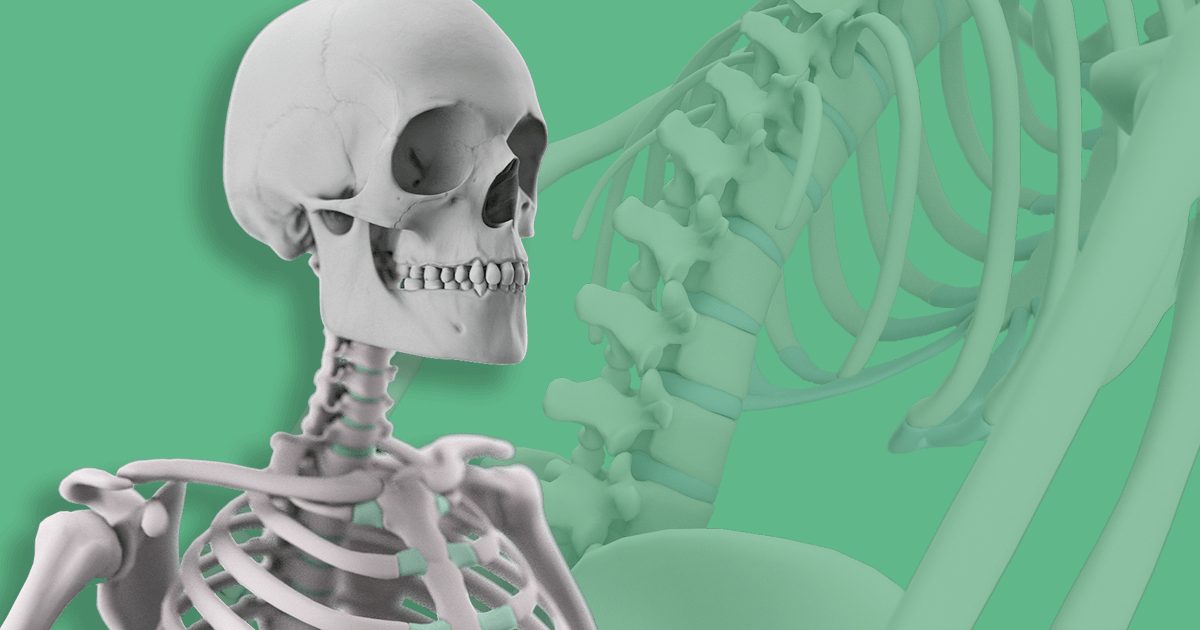Teach Newton’s Laws of Motion through the physics of collisions
Collisions are everywhere – some are insignificant, others can be catastrophic. This series explores how understanding important laws and principles of physics, and calculating different variable quantities, enables us to explain the behaviour of colliding objects. Designed for students studying physics at GCSE Level.
Newton’s Laws of Motion
Newton’s three laws of motion are fundamental to many aspects of physics, including collisions. This clip covers the laws, explaining each and looking at how they apply to different examples of collisions. Calculations involving force, mass, acceleration and stopping time are applied to various scenarios. It is an excellent learning resource for senior level physics students.
Students studying the following specifications at GCSE Level would find this programme helpful:
- Edexcel Physics: Motion and forces
- AQA Physics: 4.5.6 Forces and Motion
- OCR Gateway Science Suite Physics A: P2.2 Newton’s Laws
- OCR Gateway Science Suite Physics B: P3 Forces for Transport
- OCR 21st Century Science Suite Physics A: P4 Explaining Motion
- OCR 21st Century Science Suite Physics B: P4.3 The connection between forces and motion
Create the ultimate learning experience
Build complete lesson plans for science by downloading the supporting teaching resources below, containing printable worksheets and activities. Share the Newton’s Laws of Motion video and resources with your students:
‘Newton’s Law of Motion’ Teaching Resource Pack
Production Year: 2018
Audience: Secondary
Subject: Science – Physics
Find other relevant video resources for your science lessons by browsing our Digital Curriculum Catalogue.
Looking for relevant content to engage your students?
We would be more than happy to take you through our curriculum-aligned videos for science and other subjects.






